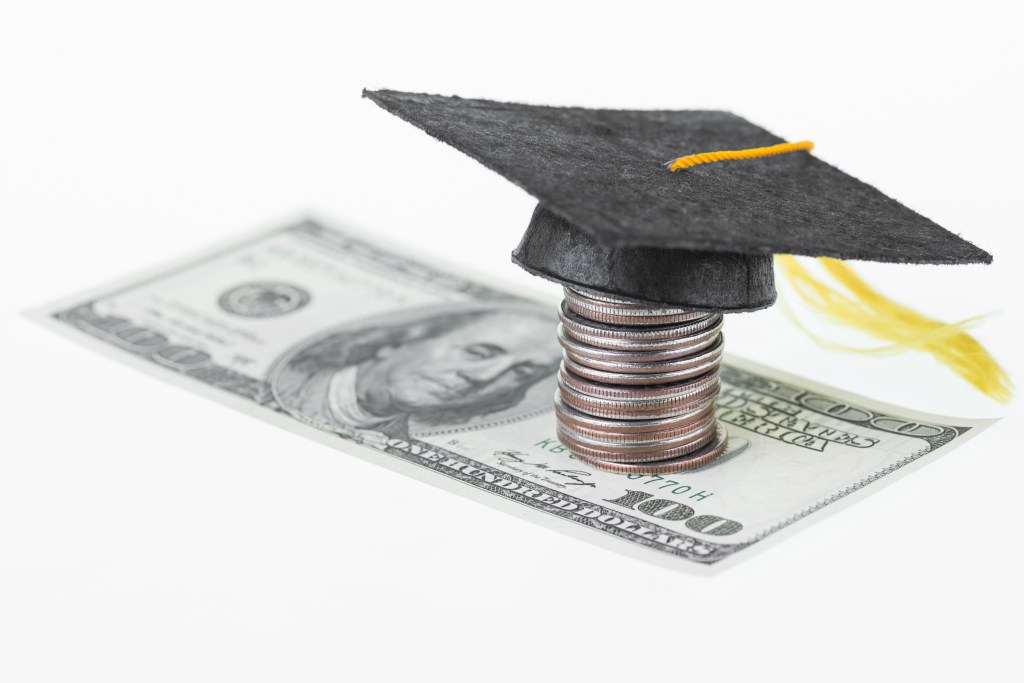First, the good news: Despite rising costs, people who pursue a college degree end up earning more over the course of their career, and they can expect to come out ahead financially, even after they pay off heavy loans. According to the U.S. Department of Labor, the wage gap between college graduates and everyone else hit an all-time high in 2013, with graduates earning 98 percent more per hour.
But the bad news is that rising costs are keeping some students out of college and preventing others from finishing. Students with some college don’t get the same kind of economic advantage as those who finish, but they can still carry much of the debt.
This week, we found out that the University of Southern Maine is the nation’s 23rd most expensive public four-year college for in-state students, making it one of the least affordable public colleges in America. That dubious distinction could help explain why USM is facing enrollment declines and a low graduation rate.
What’s at work here is a shift in the whole idea of what education is for and who should pay for it.
Over the last 30 years, a college education has gone from being a public good that has a positive effect on the general economy and quality of life to being considered a private investment that yields benefits for the individual. This shift has coincided with a retreat by states, including Maine, paying a smaller percentage of the cost of a college diploma.
According to a report by the State Higher Education Executive Officers, public funding for universities was essentially flat in real dollars between 1980 and 2012. At the current rate, students will soon be paying more of the cost of a public university education out of their own pockets than the states that sponsor the so-called public schools.
This is the context in which we should be discussing college cost issues. It’s not just a matter of cutting university budgets or devising more affordable loan scheme, although those things are important. But we should also assess the value of public higher education to the whole society and find a way to fund it appropriately.
Budget cutting may make sense in the short term, but it can also have perverse results. Eliminating classes can extend the time students stay in school, increasing their costs. It can also depress enrollment, which makes the system more expensive to operate on a per-student basis.
Loan repayment programs are fine, but more borrowing is not a solution to higher costs, it actually fuels them.
In the post-World War II era, the American economy benefited from high-quality public education that was available at a low cost to millions of people who entered the workforce with high skills. That’s the kind of investment we should be making now.
The challenge for educators and state governments is to make the case to the public for doing it again.
Send questions/comments to the editors.



Success. Please wait for the page to reload. If the page does not reload within 5 seconds, please refresh the page.
Enter your email and password to access comments.
Hi, to comment on stories you must . This profile is in addition to your subscription and website login.
Already have a commenting profile? .
Invalid username/password.
Please check your email to confirm and complete your registration.
Only subscribers are eligible to post comments. Please subscribe or login first for digital access. Here’s why.
Use the form below to reset your password. When you've submitted your account email, we will send an email with a reset code.